
- August 25, 2023
- Dennis Frank
- 4
Table of Contents
Proof of Work (PoW) is a consensus mechanism that serves as the backbone of various blockchain networks, including Bitcoin and Ethereum. It is a mechanism that ensures the integrity and security of these decentralized digital currencies. This article dives into the intricacies of PoW, exploring its definition, mechanics, benefits, drawbacks, and its place in comparison to other consensus mechanisms.
Understanding the Basics of Proof of Work
Definition of Proof of Work
Proof of Work can be defined as a computational problem that network participants, also known as miners, must solve to validate and add new transactions to the blockchain. The solution to this problem, known as the “proof,” is a result of solving complex mathematical puzzles. These puzzles require vast computational power, making it difficult, time-consuming, and resource-intensive to find the correct solution.
This computational problem acts as a form of economic cost, as miners must invest their computational resources, such as processing power and electricity, in order to compete and solve the puzzle. The concept of PoW dates back to the late 1990s but gained significant prominence with the advent of cryptocurrencies.
The Importance of PoW in Blockchain Technology
PoW plays a crucial role in ensuring the security and immutability of blockchain networks. It prevents malicious actors from altering previous transactions since doing so would require recalculating all subsequent blocks, an endeavor that would be computationally infeasible. Therefore, by securing the transaction history, PoW enables trustless, decentralized systems.
Moreover, PoW mitigates the “double-spending” problem by requiring miners to solve puzzles before they can add transactions to the blockchain. This process ensures that only one version of the blockchain is agreed upon, preventing the duplication of digital assets.
The Mechanics of Proof of Work
How PoW Functions in Cryptocurrency Mining
Cryptocurrency mining is the process by which new transactions are validated and added to the blockchain. Miners compete against each other to solve the PoW puzzles and earn rewards for their efforts. The first miner to solve the puzzle gets to add a new block to the blockchain and receive a block reward, usually in the form of newly minted cryptocurrency.
These puzzles are intentionally designed to be challenging, requiring miners to perform extensive computations to find the correct solution. Miners initiate the process by collecting a batch of transactions and then creating a block by adding a unique identifier called a “nonce” to the data. The nonce is changed repeatedly until a valid solution is found that satisfies the specific requirements of the PoW algorithm.
The Role of Computational Power in PoW
Computational power, generally measured in hash rates or calculations per second, plays a fundamental role in PoW. Miners with higher computational power have a higher probability of solving the puzzle before others, giving them a higher chance of adding a block and receiving the associated rewards.
The introduction of specialized hardware, such as Application-Specific Integrated Circuits (ASICs), has dramatically increased computational power and mining efficiency. This has resulted in increased competition and the need for more computational resources to remain competitive.
However, the concentration of computational power in the hands of a few entities has raised concerns about the centralization of mining activities, potentially undermining the decentralization principles of PoW-based systems. This issue has led to the exploration of alternative consensus mechanisms, such as Proof of Stake (PoS), which aim to address these concerns while maintaining the security and integrity of blockchain networks.

The Benefits and Drawbacks of Proof of Work
Security Advantages of PoW
One of the primary advantages of PoW is its security. The computational effort required to solve the puzzles makes it economically unviable for attackers to manipulate the blockchain. Any attempt to alter past transactions would require an immense amount of computational power, surpassing the combined computational power of the entire network.
Additionally, the decentralized nature of PoW, where multiple miners compete, prevents any single entity from gaining control over the network. This decentralization makes blockchain networks resistant to censorship and tampering. Enhancing their overall security and understanding of what is Proof of Work (PoW)?
Energy Consumption: A Major Criticism of PoW
Although PoW offers robust security, its energy consumption has become a significant concern. The computational power required to solve PoW puzzles demands substantial electricity consumption, leading to environmental concerns and criticism of the sustainability of PoW-based cryptocurrencies.
As the popularity and adoption of cryptocurrencies grow, their energy consumption has attracted attention from environmental activists and policymakers. Various efforts, including the exploration of alternative consensus mechanisms, aim to address these concerns and reduce the environmental impact of blockchain technologies.
Comparing Proof of Work to Other Consensus Mechanisms
Proof of Work vs. Proof of Stake
Proof of Stake (PoS) is an alternative consensus mechanism that differs from PoW in significant ways. While PoW relies on computational power and energy consumption, PoS selects validators to create new blocks based on the number of coins they hold and are willing to “stake” as collateral.
PoS addresses some of the concerns associated with PoW, such as energy consumption and centralization of mining power. By eliminating the computational race, PoS offers a more energy-efficient alternative for validating transactions and securing the blockchain. However, it introduces new challenges related to economic security and potential vulnerabilities arising from the concentration of wealth.
Other Emerging Consensus Mechanisms
Beyond PoW and PoS, other consensus mechanisms have emerged, aiming to address the limitations of existing systems. One example is the Delegated Proof of Stake (DPoS), which introduces a voting-based system using elected delegates to validate transactions and secure the blockchain. This mechanism offers faster transaction processing and reduces the computational and energy requirements compared to PoW.
Another emerging consensus mechanism is the Byzantine Fault Tolerance (BFT), which focuses on achieving consensus in environments with a limited number of participants. BFT algorithms prioritize speed and efficiency and have found applications in permissioned blockchain networks, where trusted participants govern the consensus process.What is Proof of Work (PoW)?
The Future of Proof of Work
Innovations and Improvements in PoW
Despite the criticism and exploration of alternative consensus mechanisms, PoW continues to play a vital role in digital currencies and blockchain technology. Researchers and developers are actively exploring innovations and improvements to address its drawbacks.
One area of focus is the development of more energy-efficient mining algorithms and hardware. New algorithms aim to reduce energy consumption and make it less reliant on specialized hardware, promoting a more inclusive and sustainable network.
The Sustainability of PoW in the Long Run
The long-term sustainability of PoW remains a topic of discussion and debate within the blockchain community. As the technology evolves, ongoing efforts to address energy consumption and the environmental impact of PoW are crucial.
Furthermore, the continued advancement of alternative consensus mechanisms, such as PoS, DPoS, and BFT, provides promising alternatives that may eventually challenge the dominance of PoW in blockchain networks.
In conclusion, Proof of Work is a fundamental concept that ensures the security, integrity, and trustlessness of blockchain networks. While it has demonstrated its reliability, its energy consumption and potential centralization concerns have prompted researchers to explore alternative consensus mechanisms.What is Proof of Work (PoW)? The future of PoW lies in striking a balance between security, efficiency, and sustainability, as blockchain technology continues to evolve and shape our digital landscape.







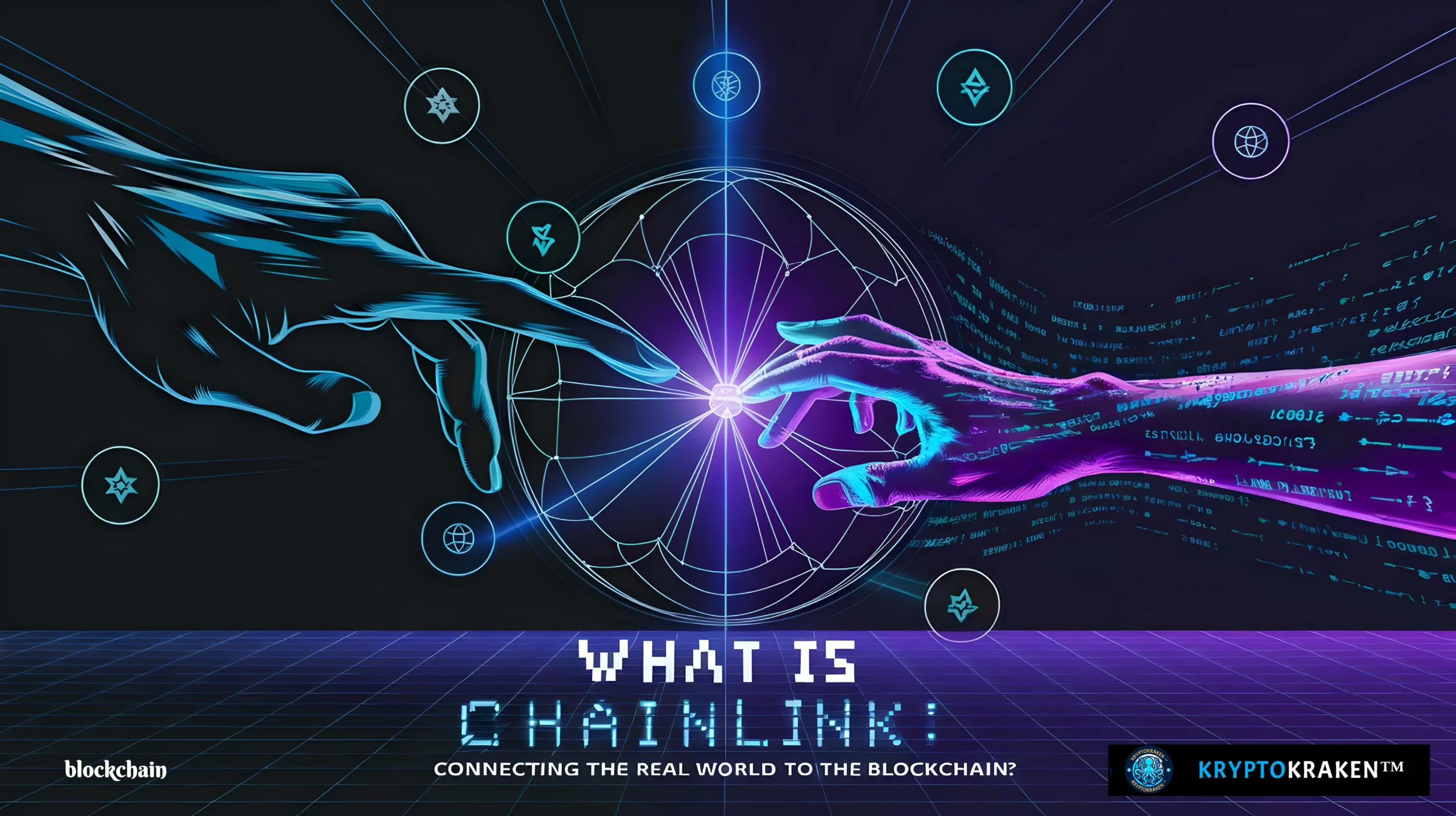














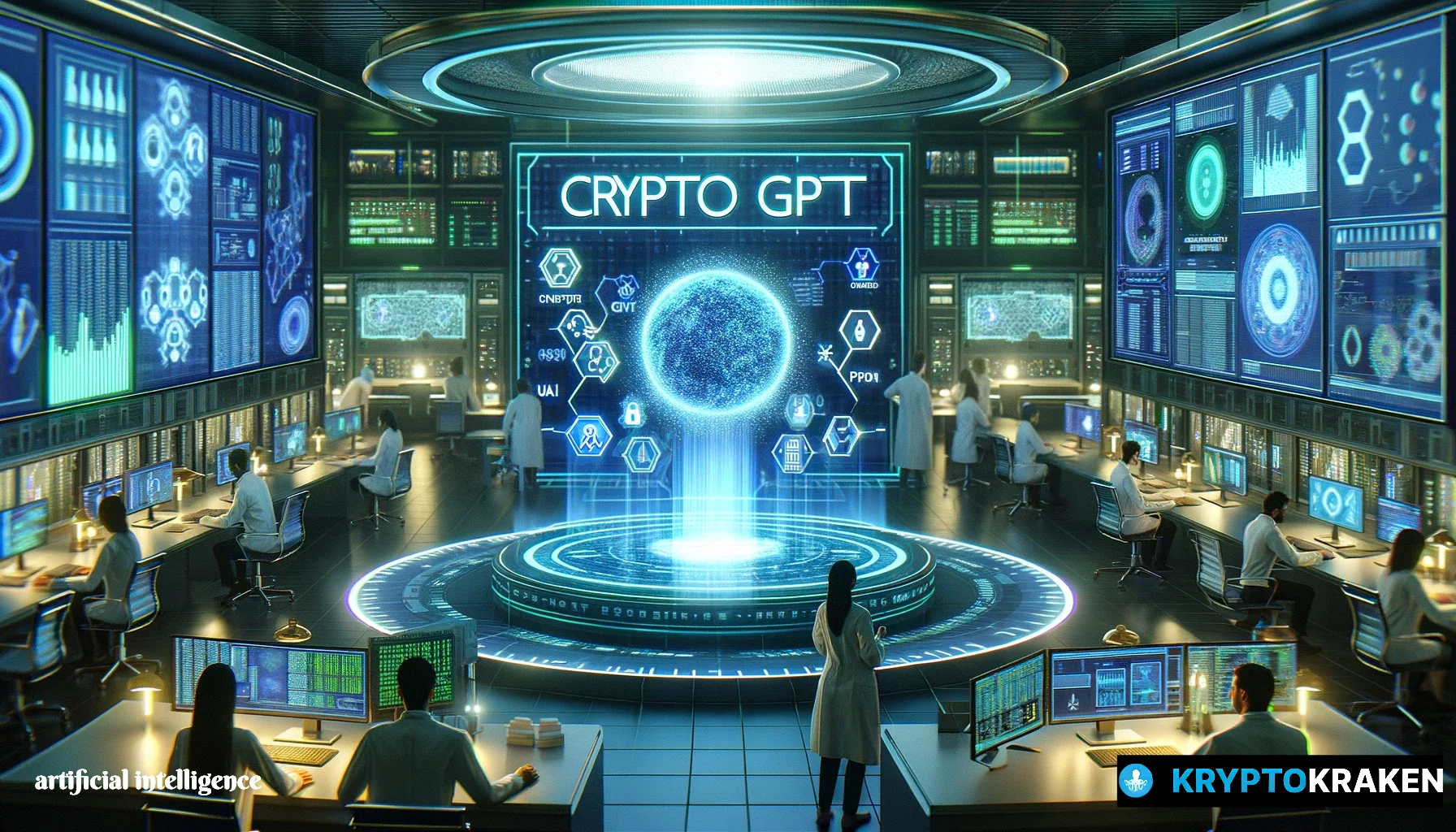

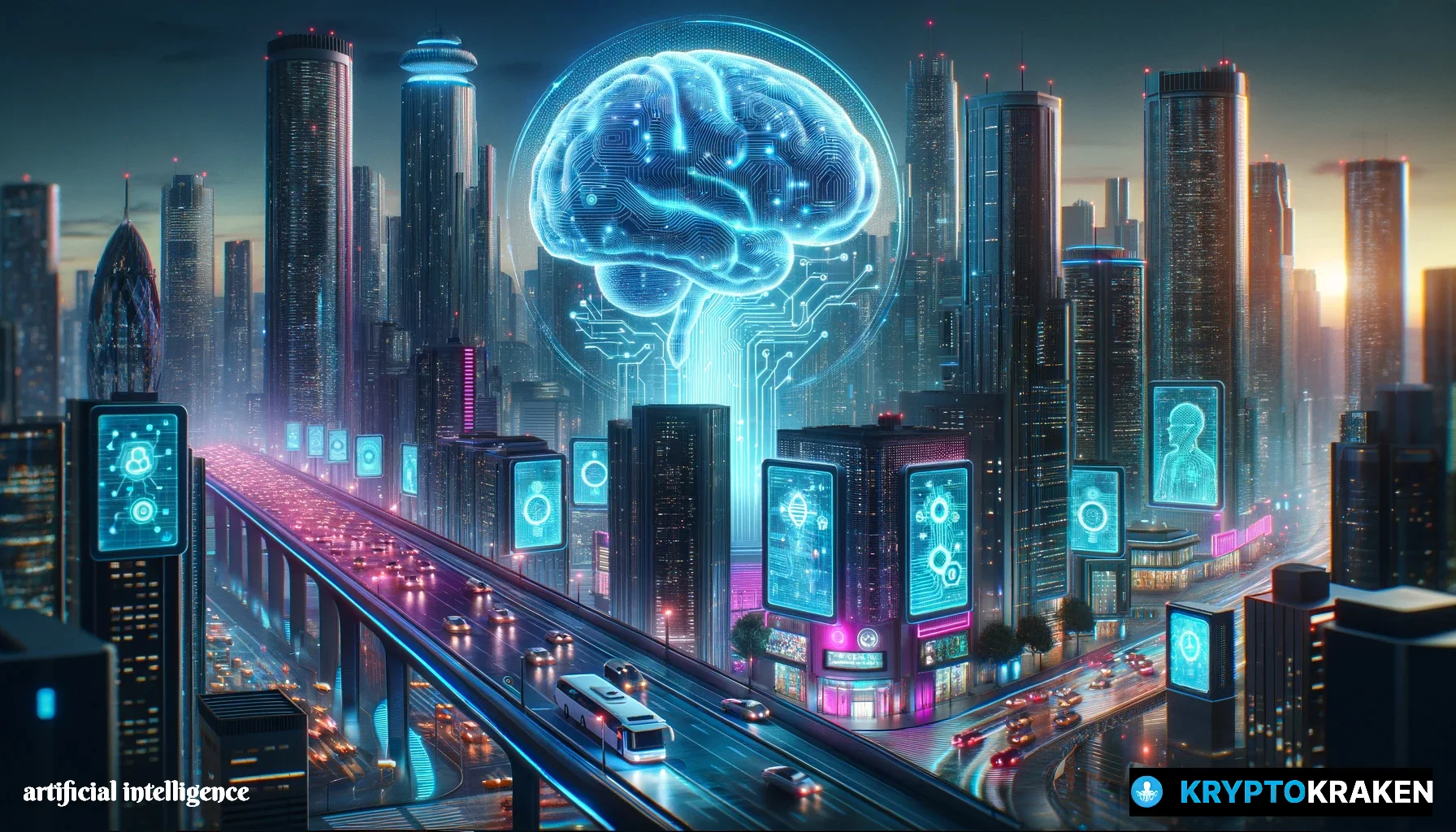

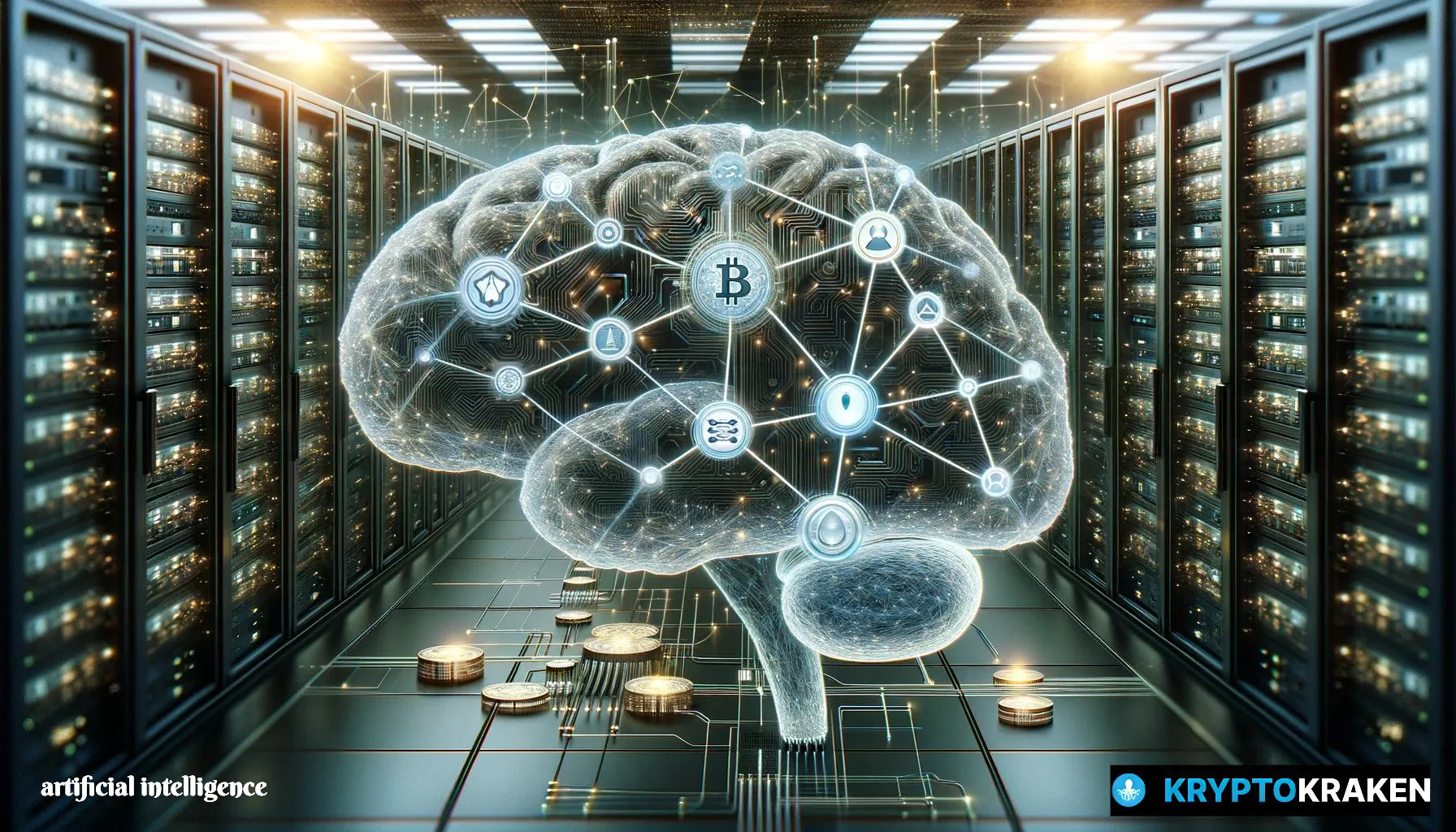


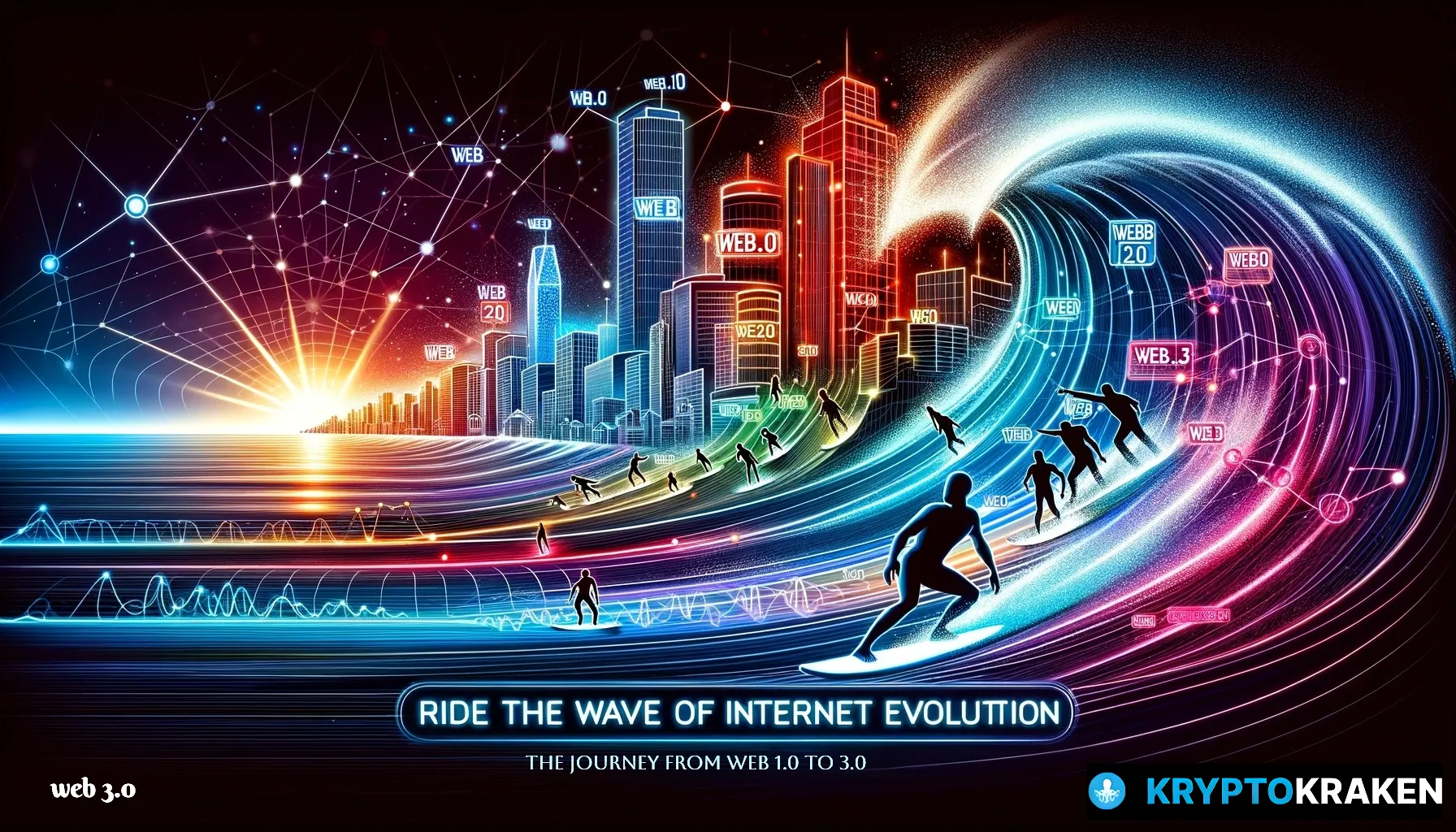

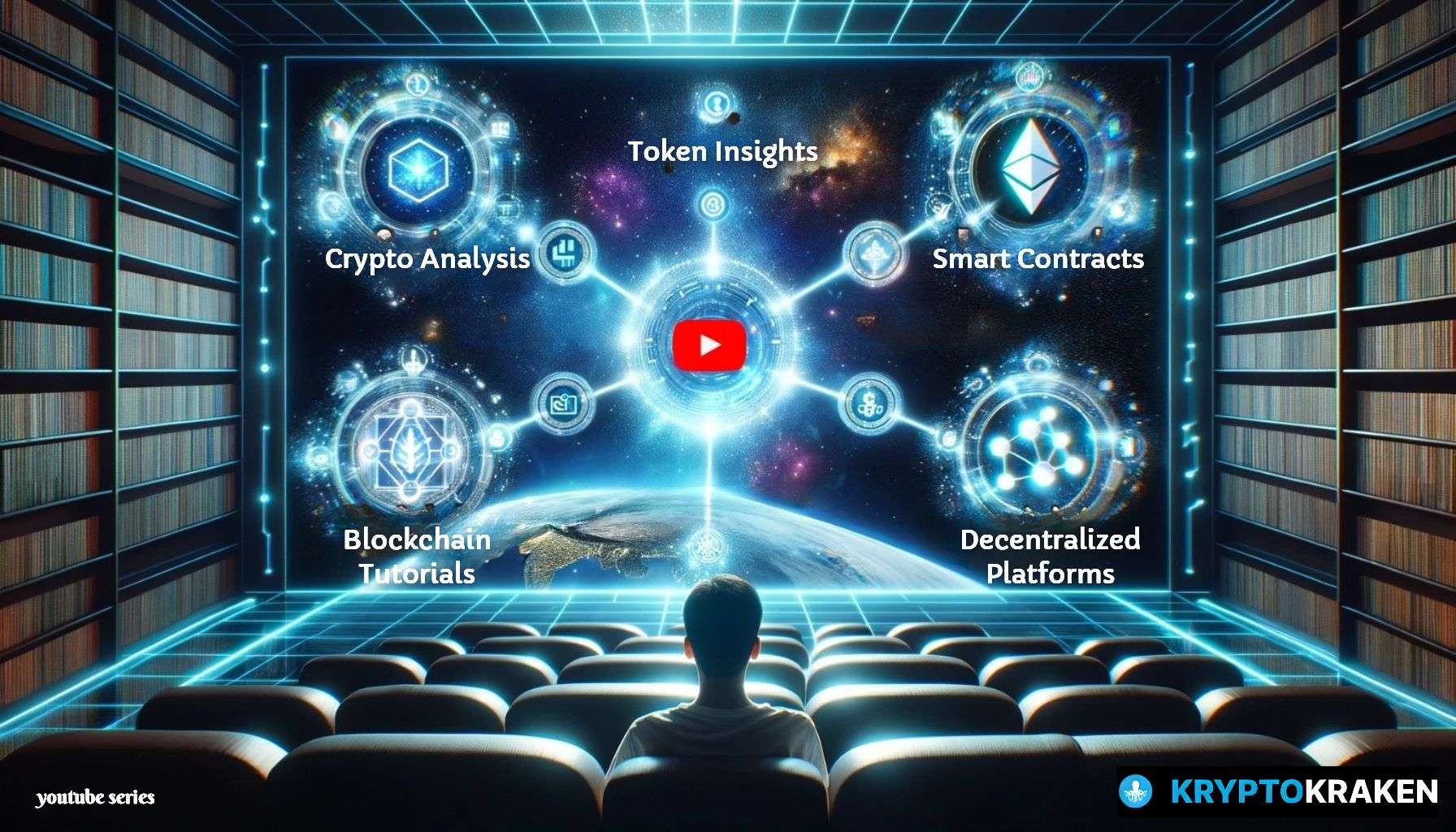





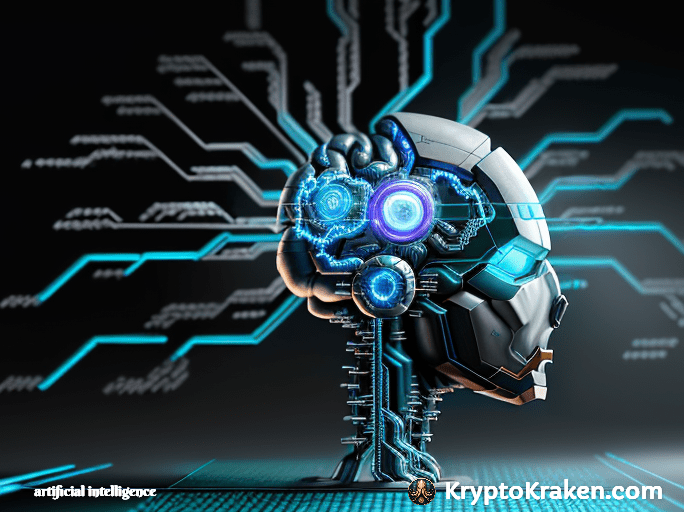


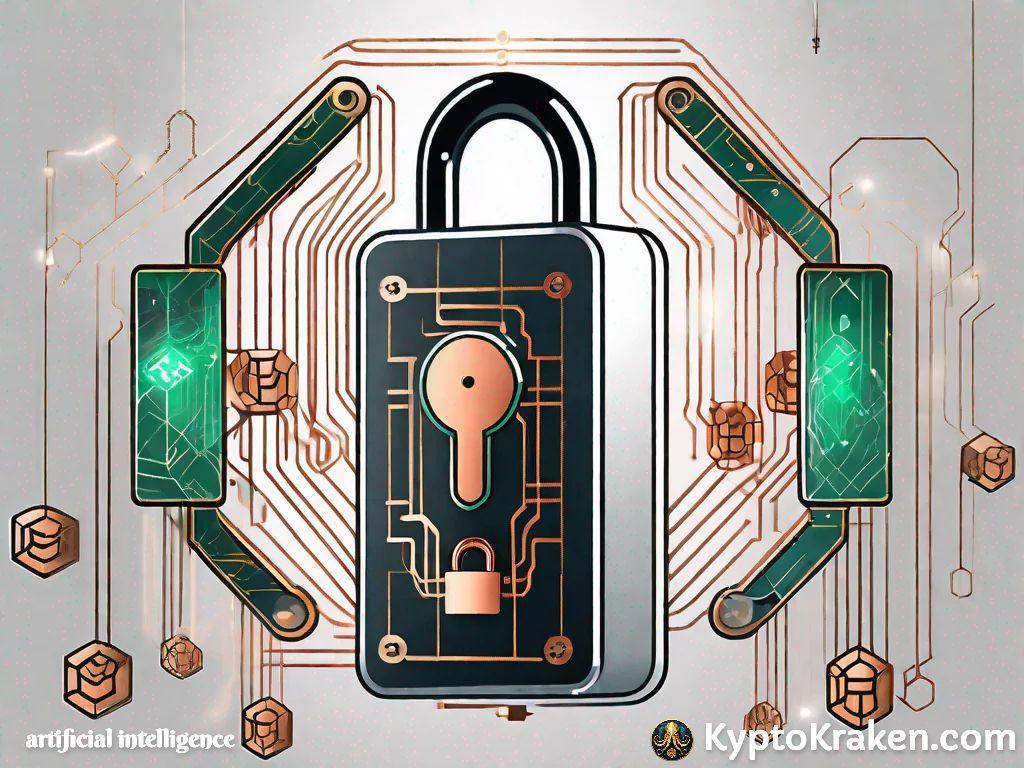
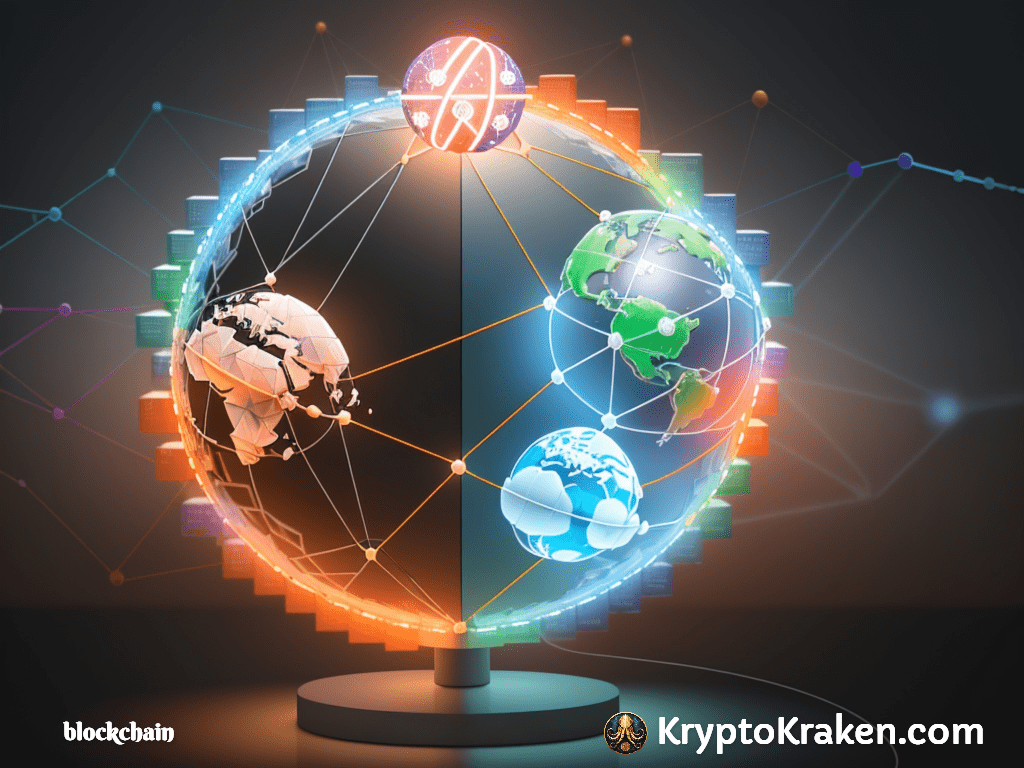

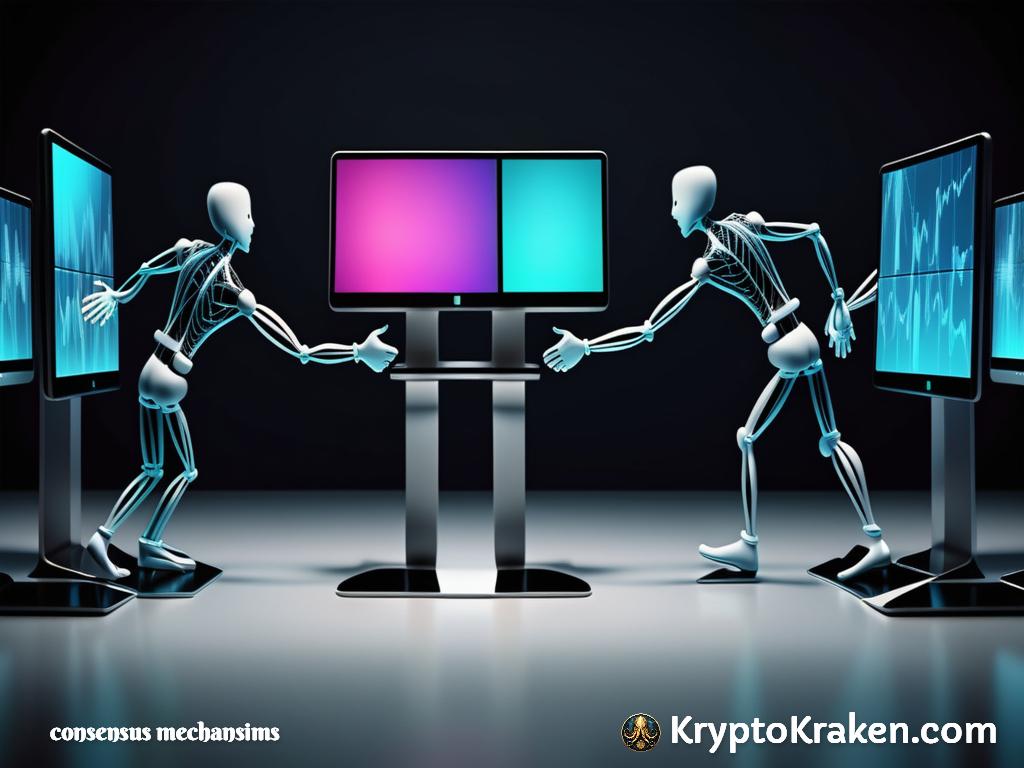

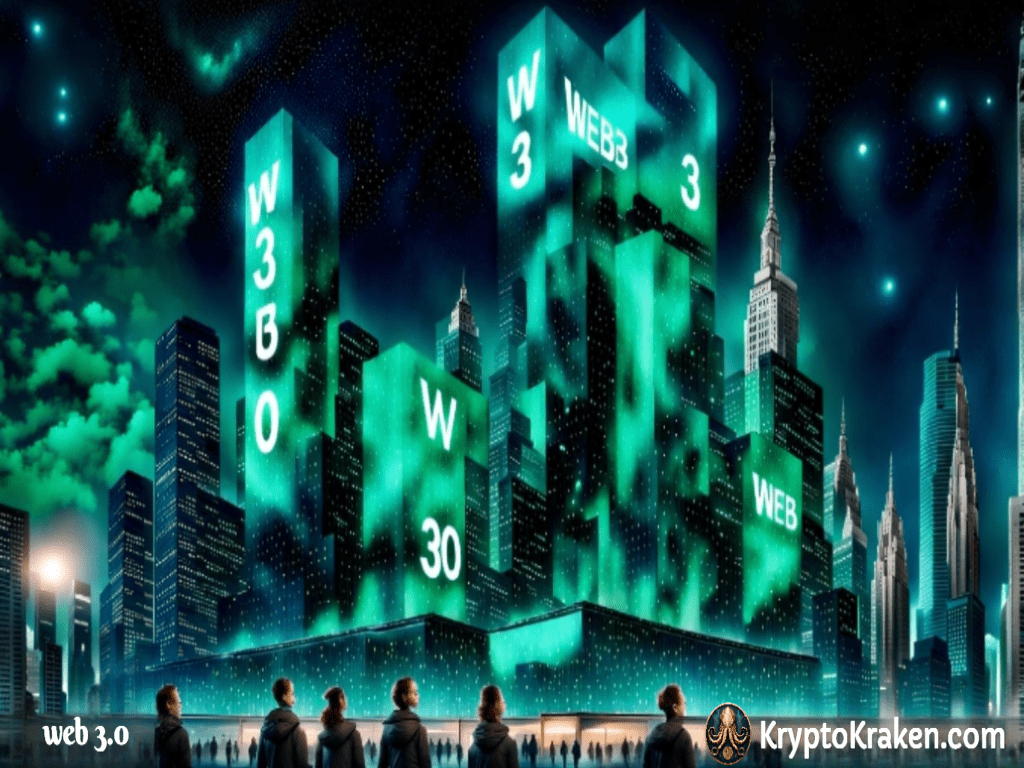
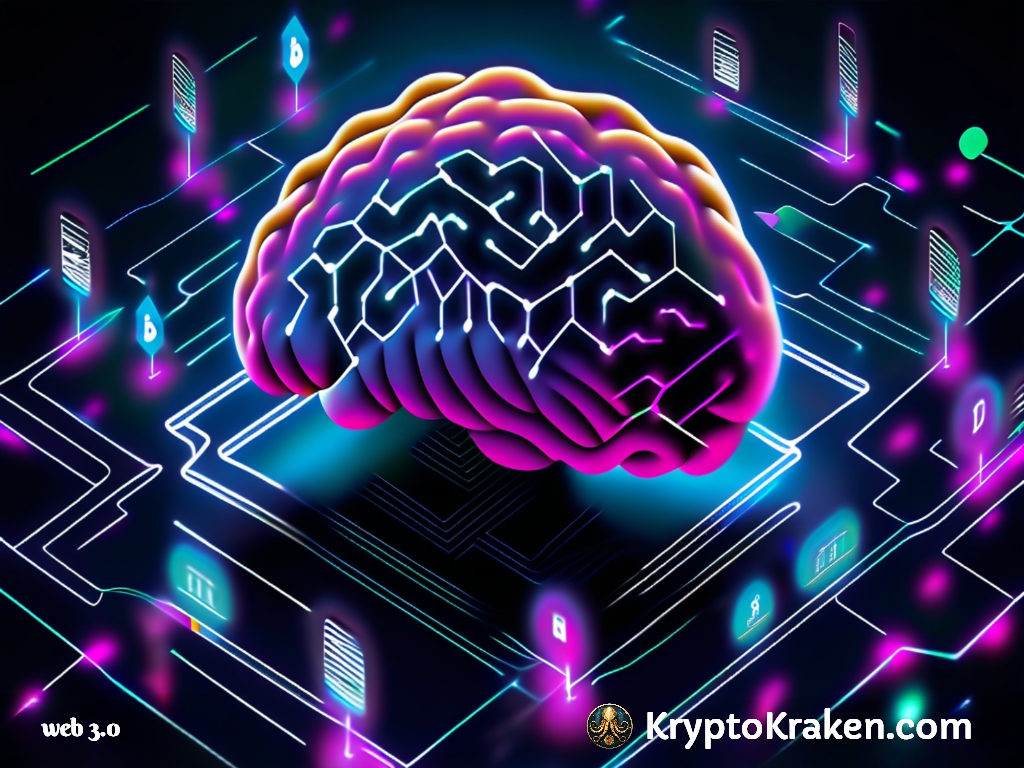
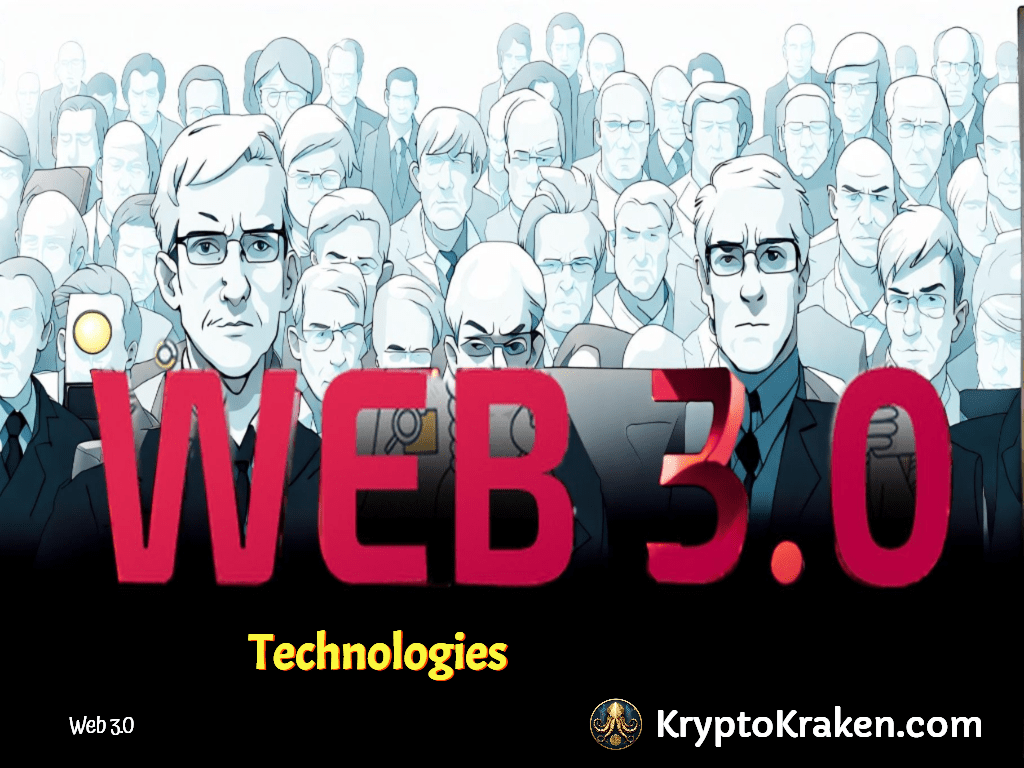





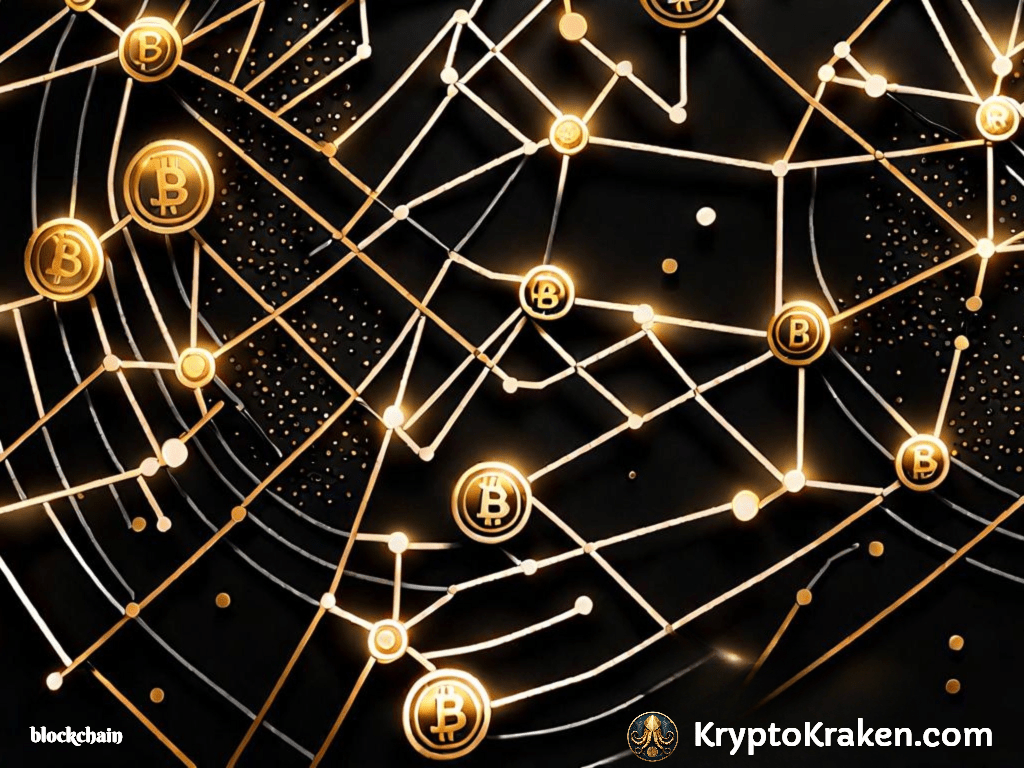









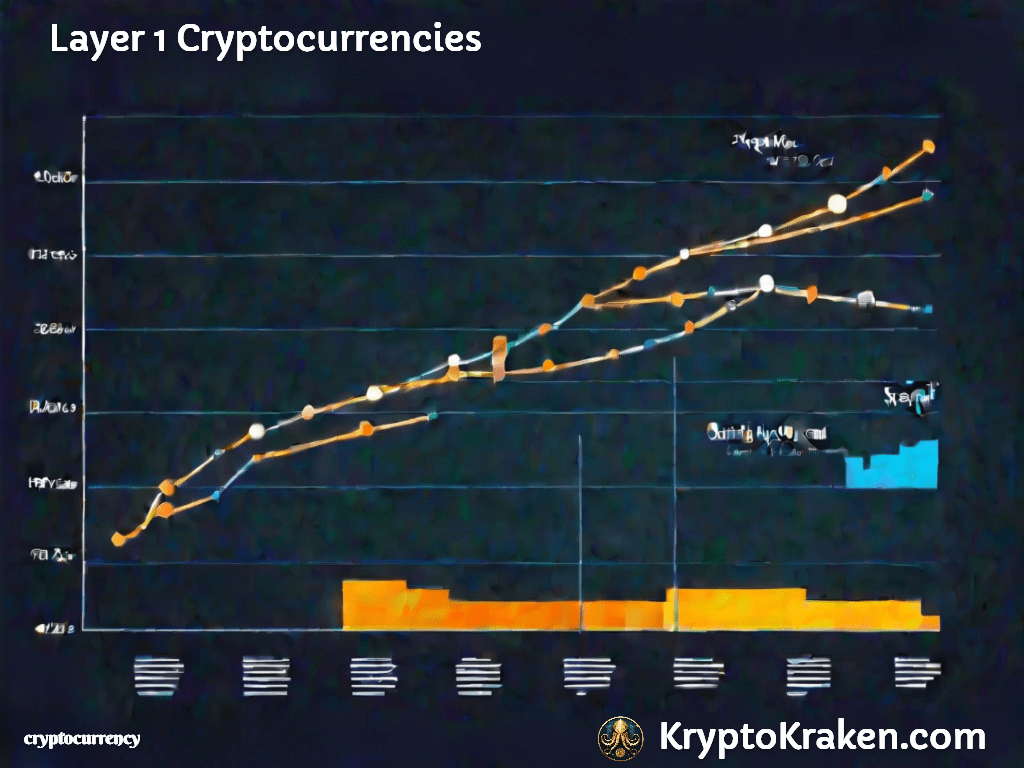


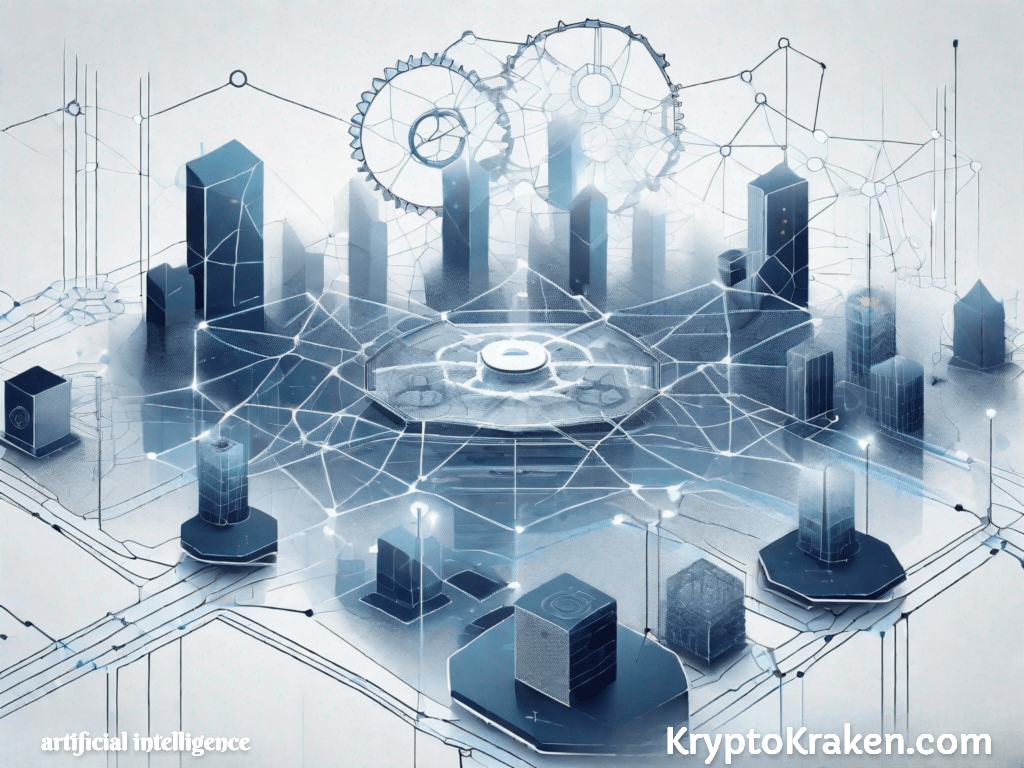

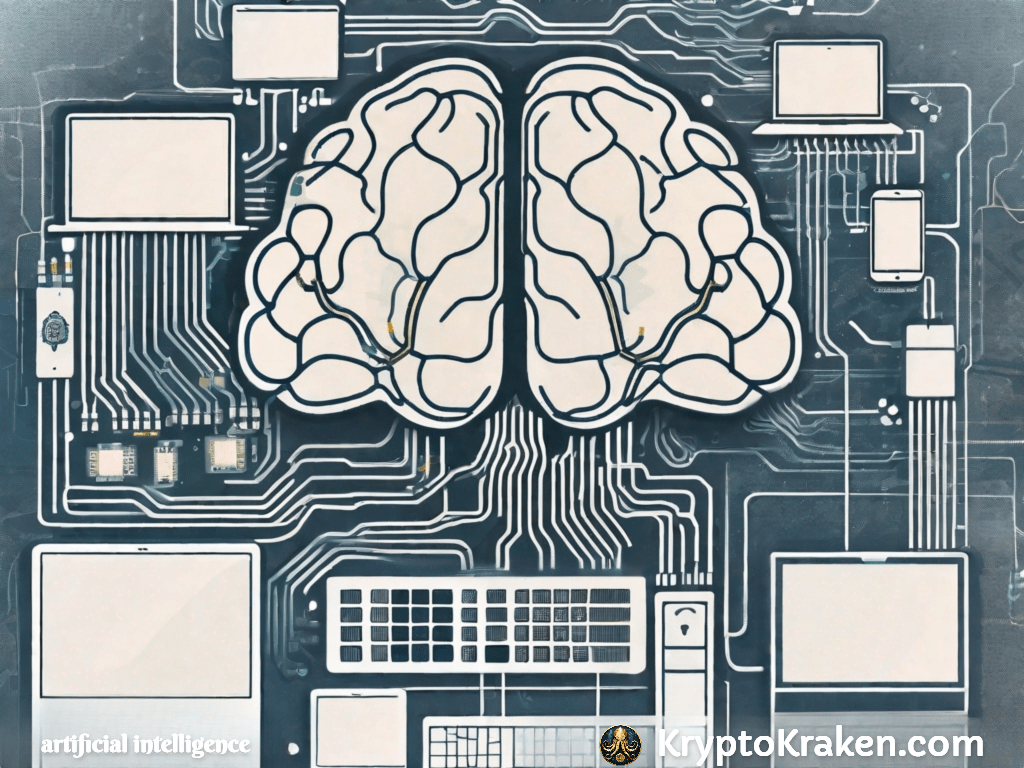

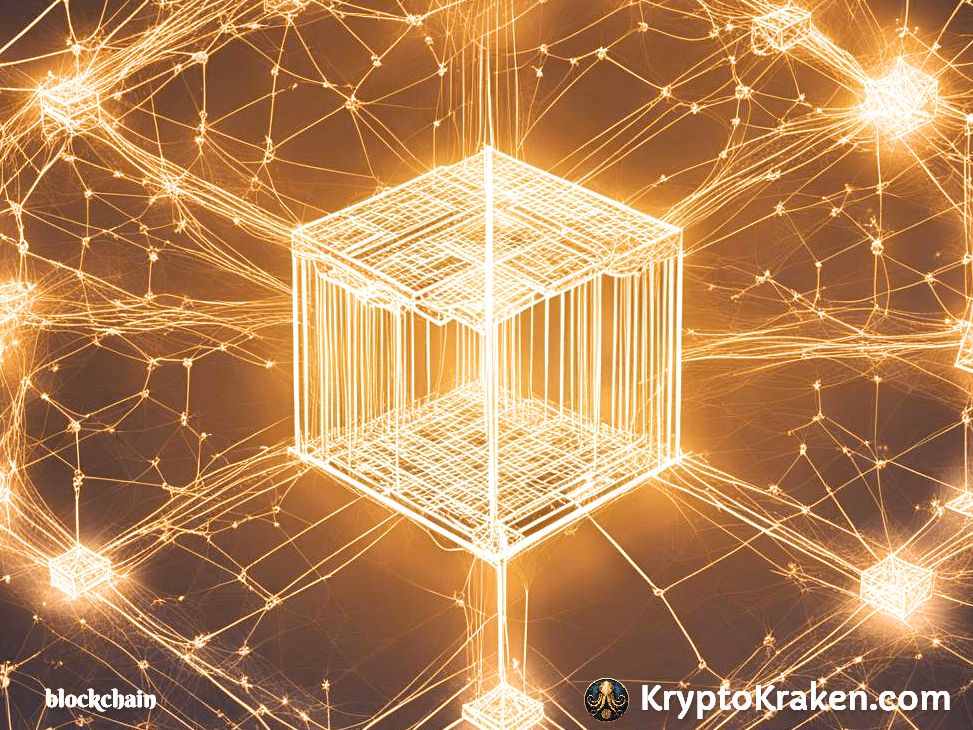
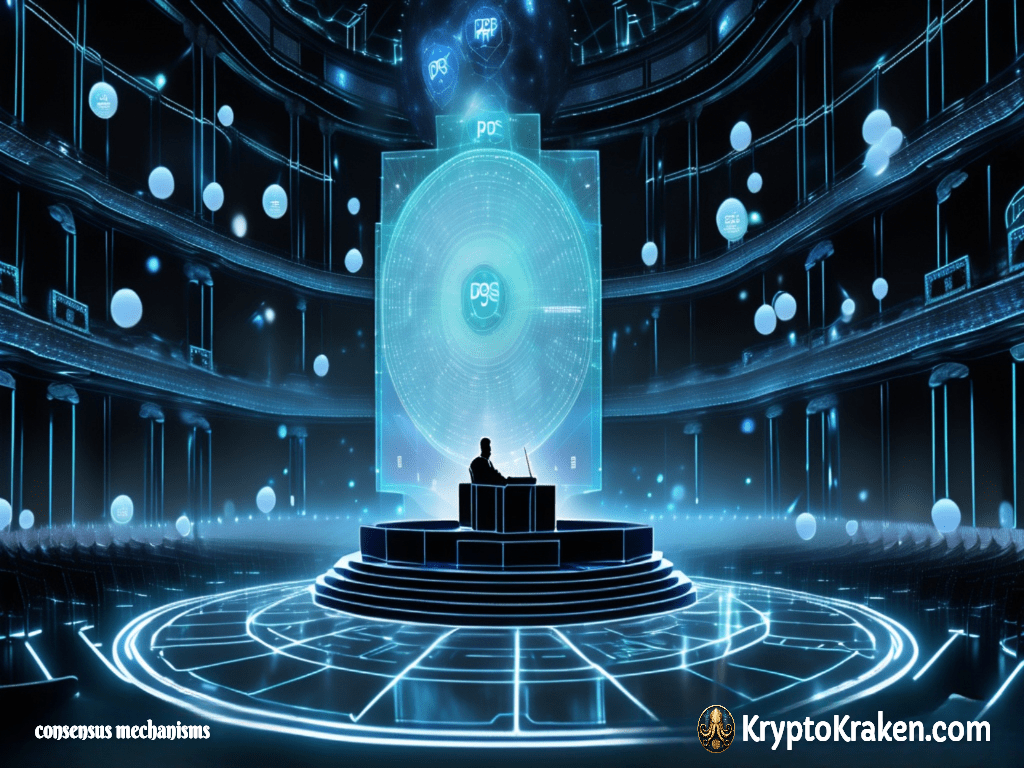
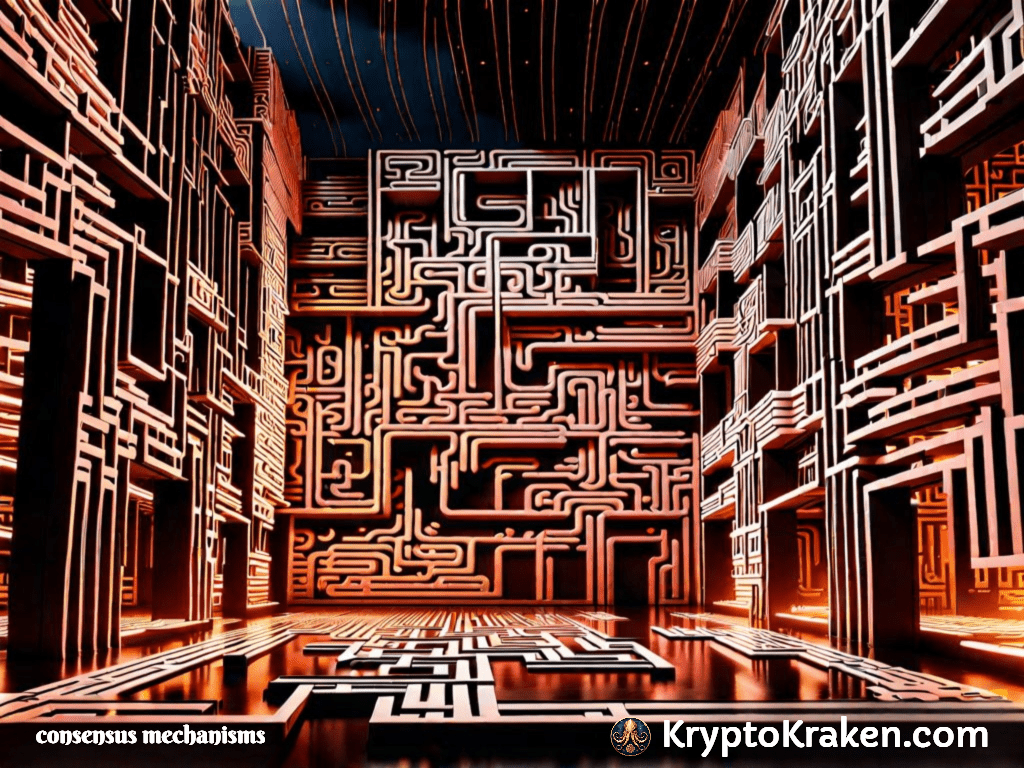
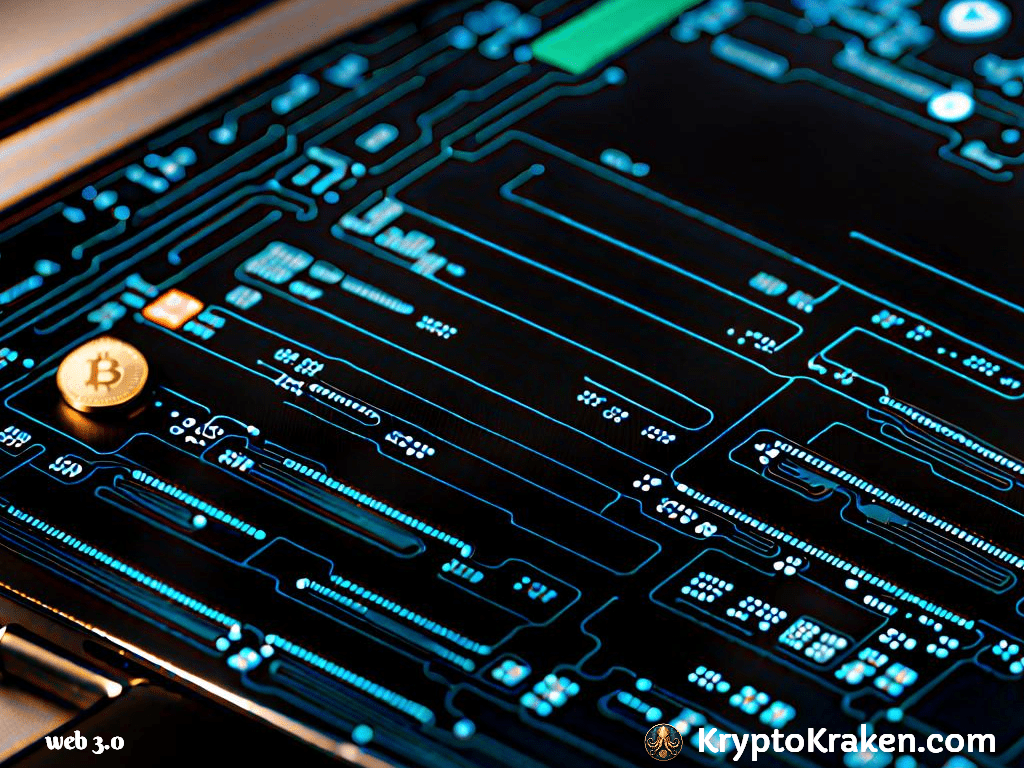
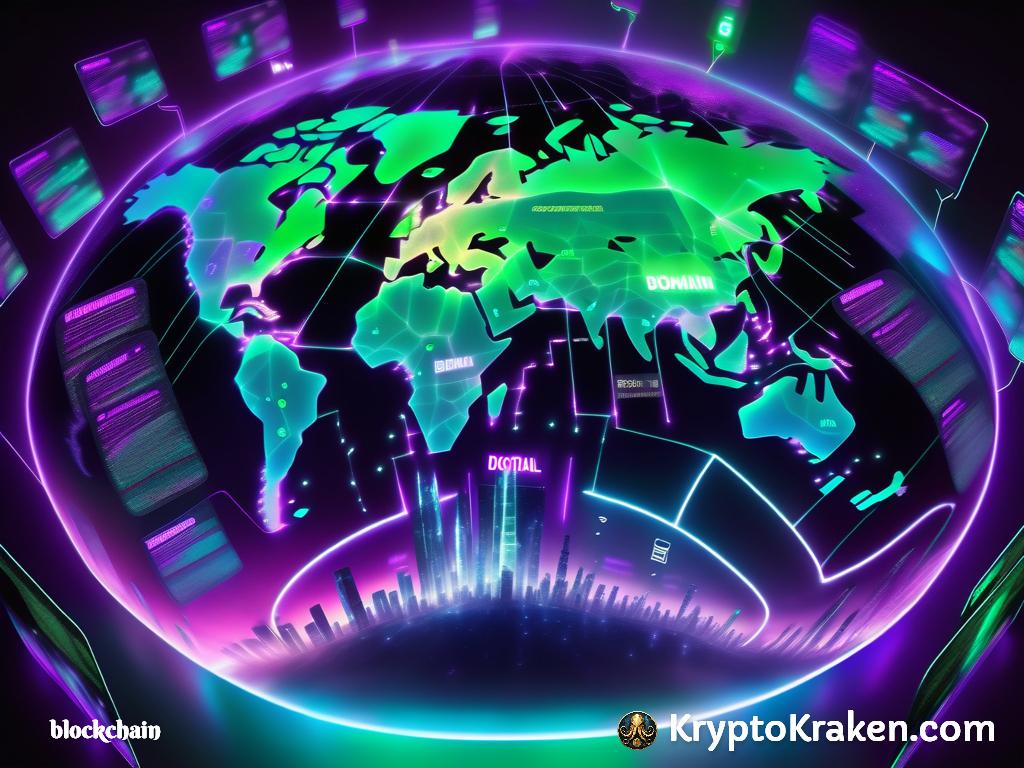



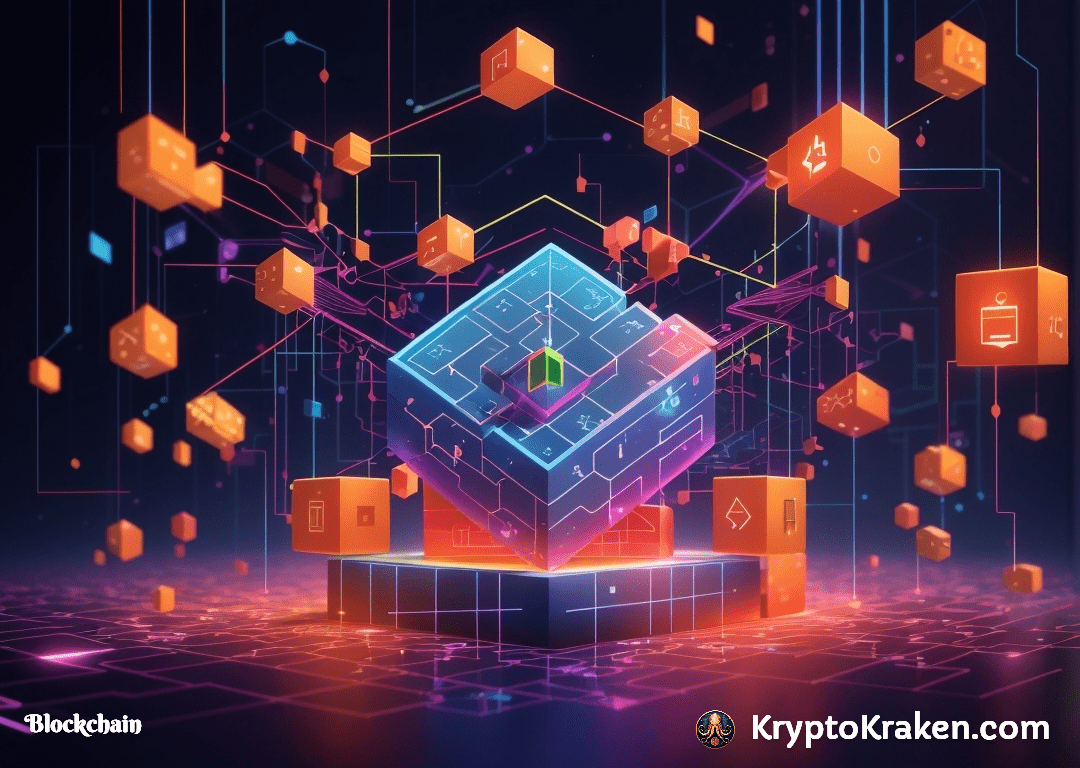
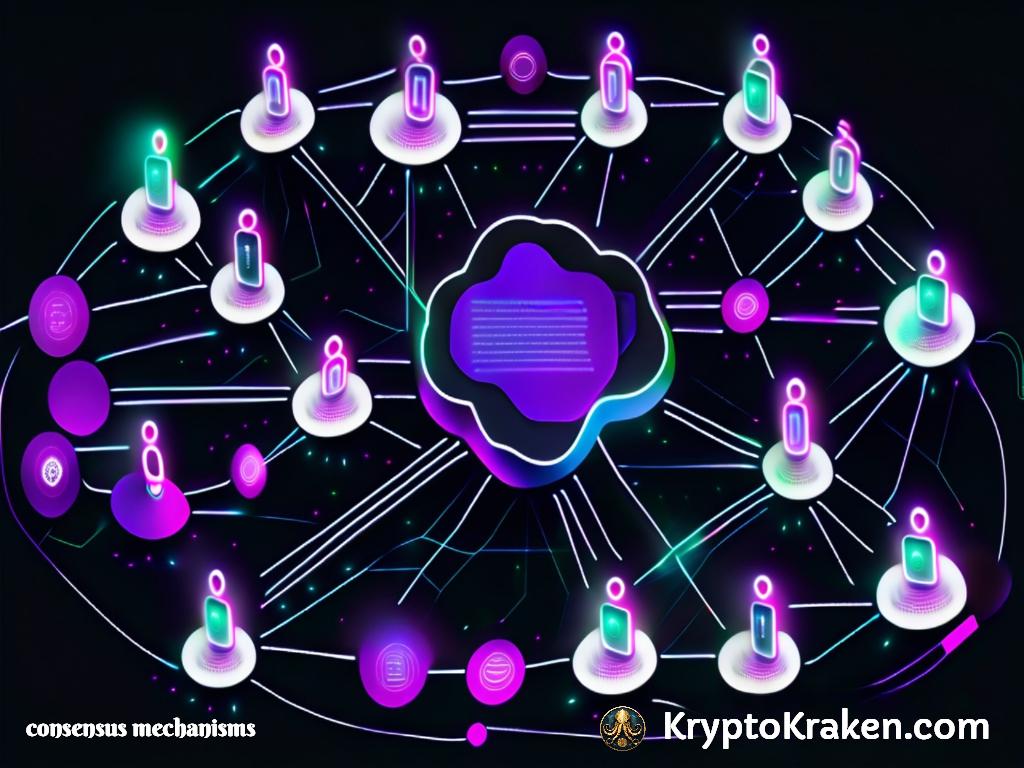
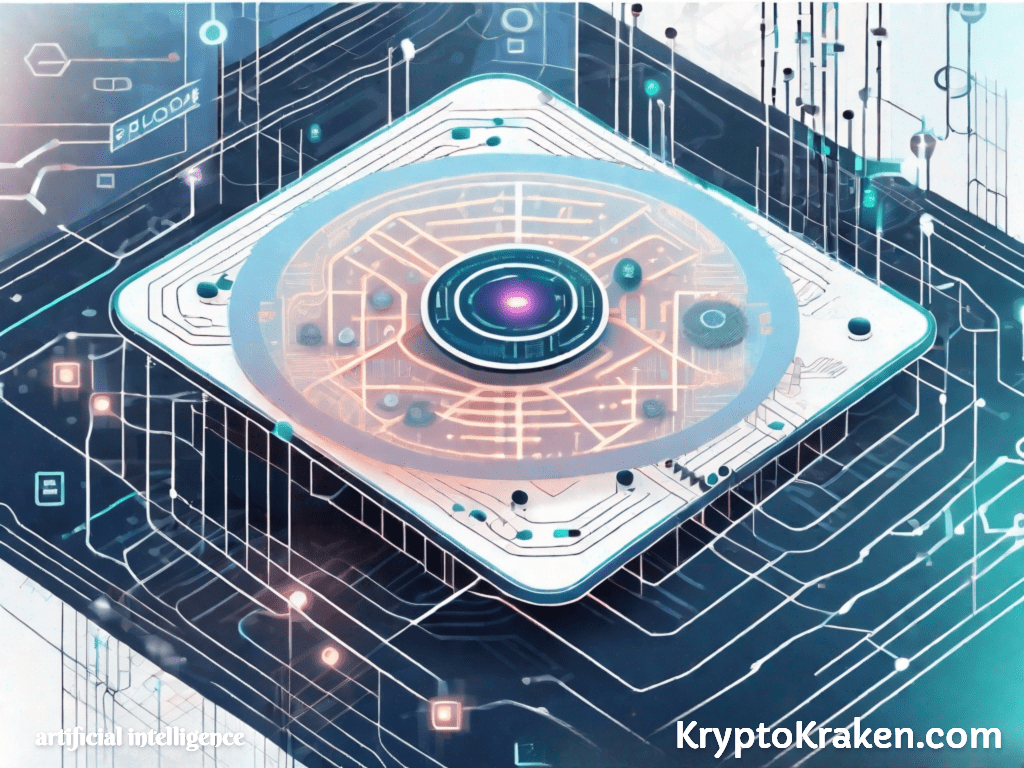
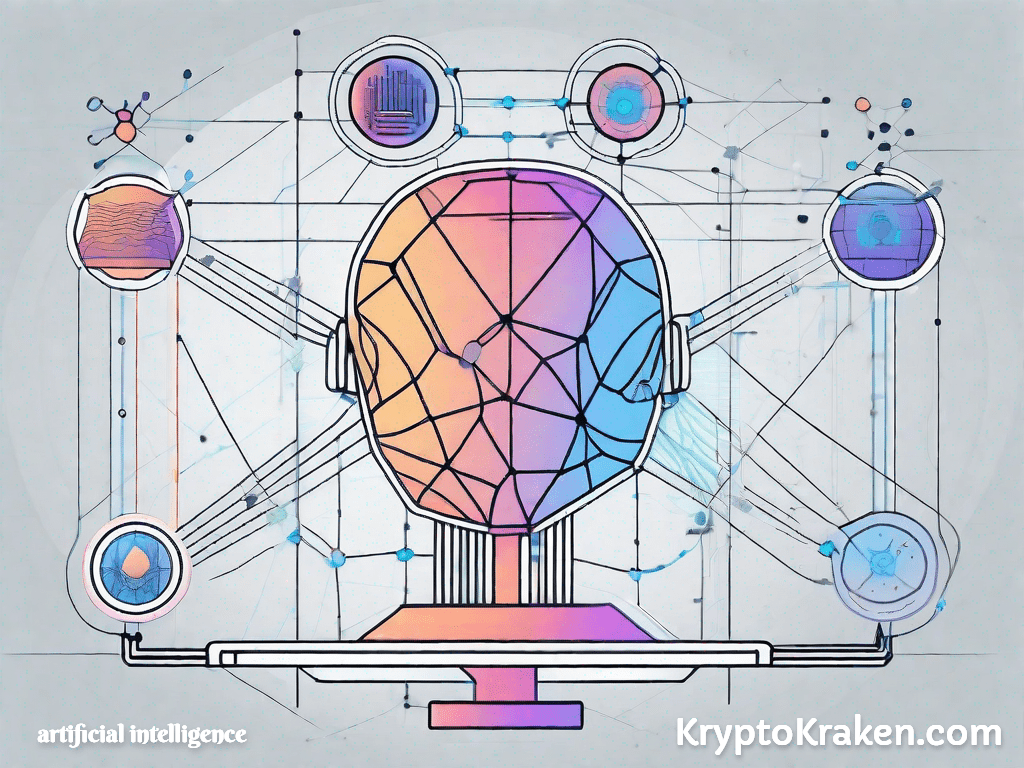



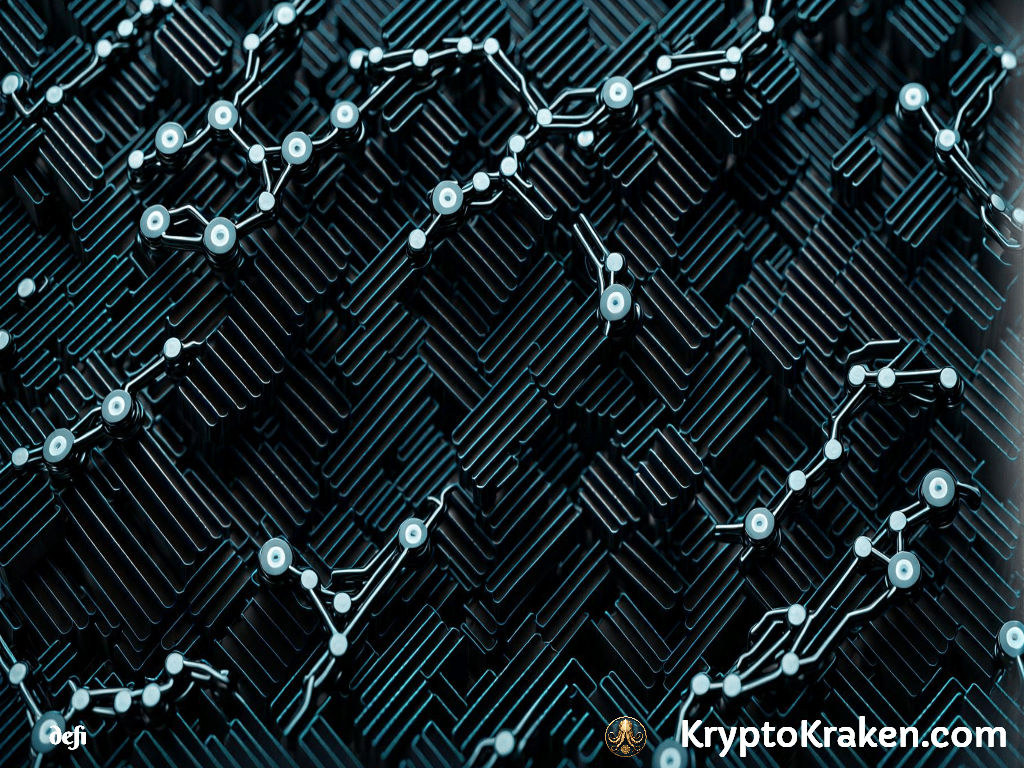
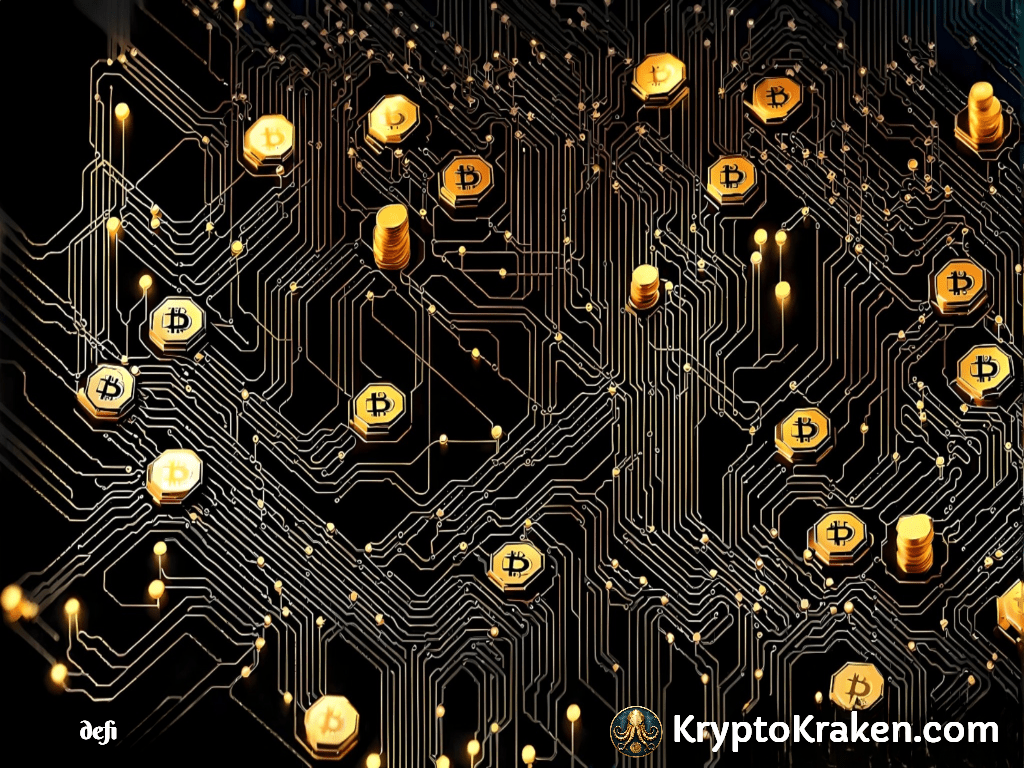

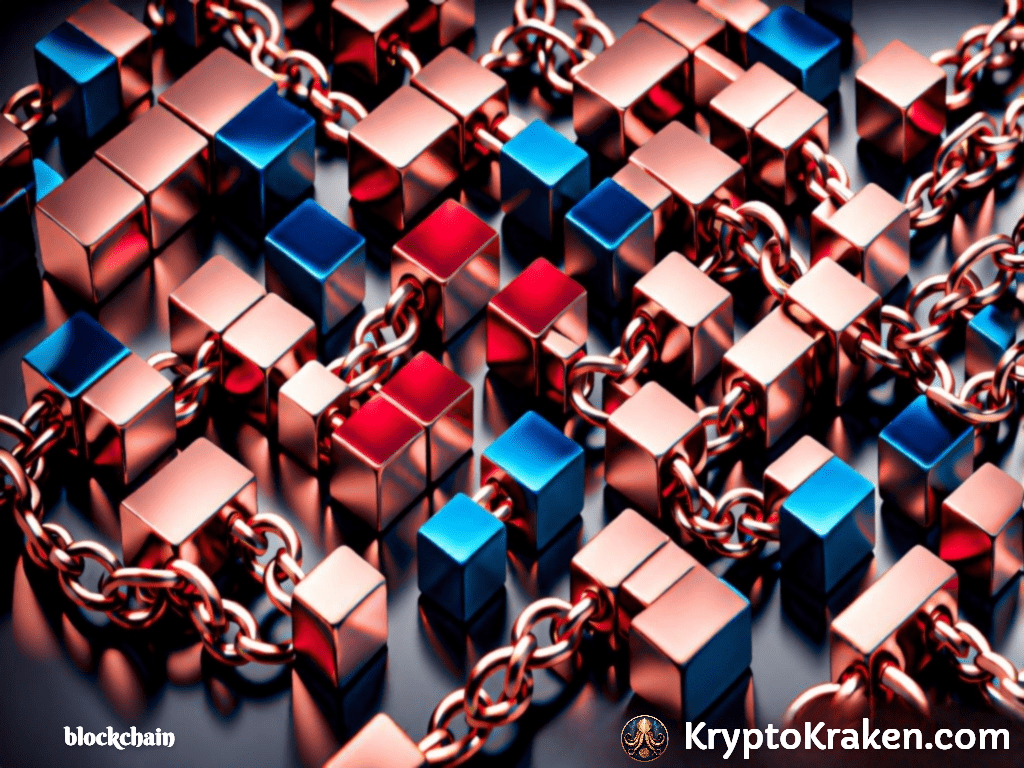






4 comments on “What is Proof of Work (PoW) and How Does It Work?”